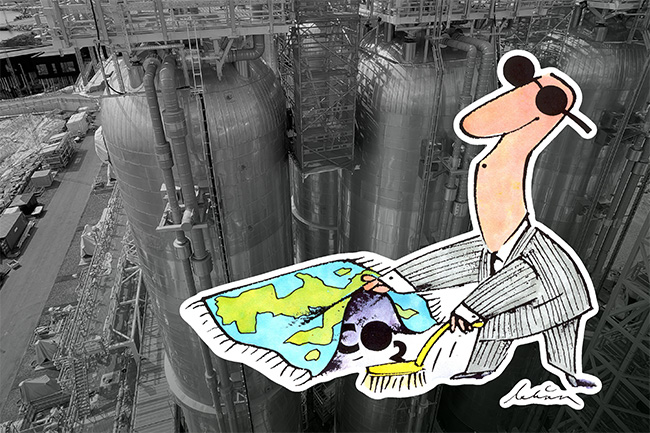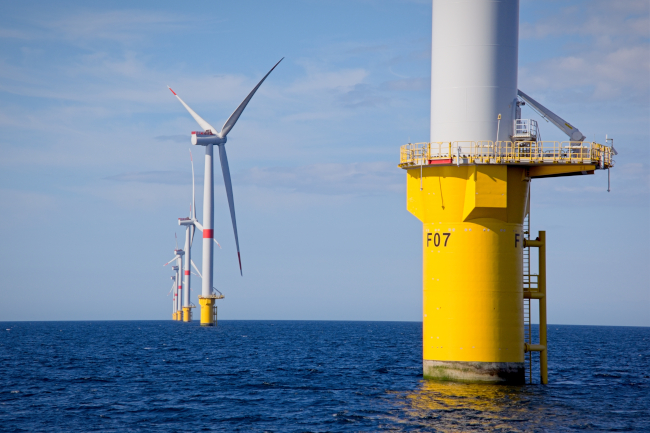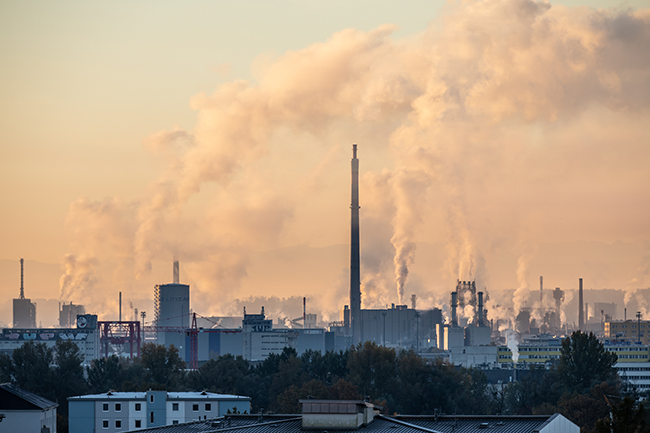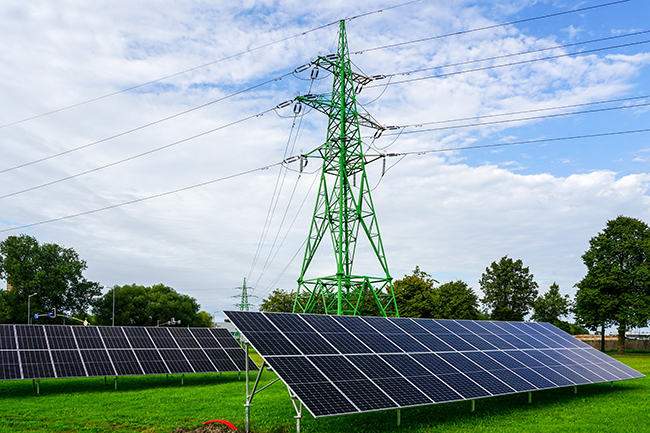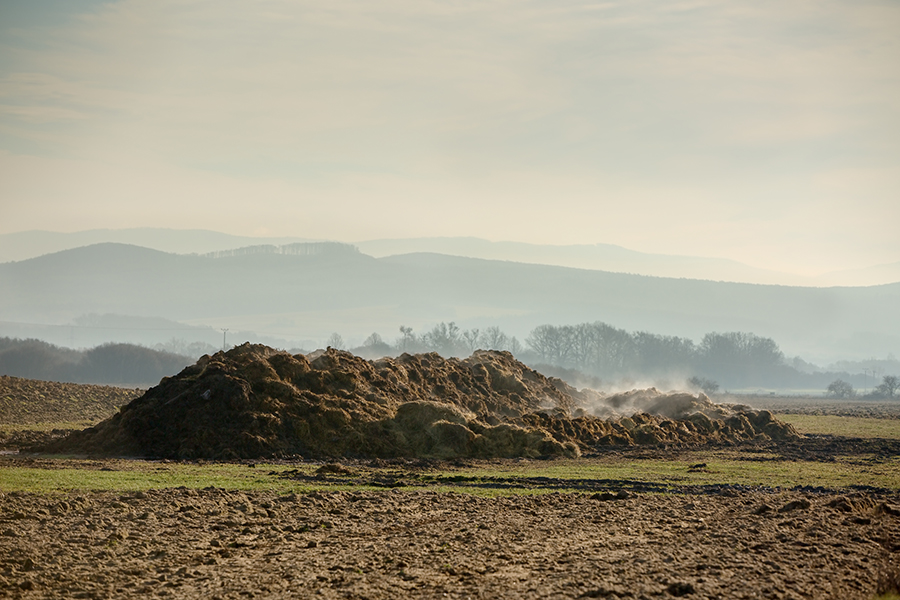Global emergence of regional heatwave hotspots outpaces climate model simulations.
Scientists from the International Institute for Applied Systems Analysis (IIASA) and Columbia University have noticed that specific regions are consistently more affected by extreme temperatures. A new study provides the first worldwide map of these regional climate danger zones.
“This is about extreme trends that are the outcome of physical interactions we might not completely understand,” explains lead author Kai Kornhuber, Theme Lead on Weather Extremes and Climate Dynamics in the IIASA Energy, Climate, and Environment Program. “These regions become temporary hothouses.”
The study looks at heatwaves over the past 65 years, identifying areas where extreme heat is accelerating considerably faster than typical warm-season temperatures overall. This often results in maximum temperature records that have been repeatedly broken. These extreme heatwaves have been hitting predominantly in the last five years, although some occurred in the early 2000s or before.
The most hard-hit regions include central China, Japan, Korea, the Arabian Peninsula, eastern Australia and parts of South America and the Arctic. The most intense and consistent signal, however, comes from northwestern Europe, where sequences of heatwaves contributed to around 60,000 deaths in 2022 and 47,000 in 2023. These occurred across Germany, France, the United Kingdom, and the Netherlands among others. In September this year, new maximum temperature records were set in Austria, France, Hungary, Slovenia, Norway and Sweden. Many parts of the southwest United States and California also saw record temperatures well into October.
In these regions, extreme temperatures are increasing faster than average summer temperatures, at a rate far higher than projected by state-of-the art climate models for the past few decades.
“Due to their unprecedented nature, these heatwaves are usually linked to very severe health impacts, and can be disastrous for agriculture, vegetation, and infrastructure,” adds Kornhuber. “We’re not built for them, and we might not be able to adapt fast enough.”
This study is an important first step towards addressing the emerging risk from extreme and unprecedented heat by identifying regions that have historically faced rapidly increasing risk and quantifying the ability of models to reproduce these signals.
Reference
Kornhuber, K., Bartusek, S., Seager, R., Schellnhuber, H.J., Ting, M. (2024). Global emergence of regional heatwave hotspots outpaces climate model simulations. Proceedings of the National Academy of Sciences (PNAS) DOI: 10.1073/pnas.2411258121
Source: https://iiasa.ac.at/news/nov-2024/mapping-worlds-climate-danger-zones



